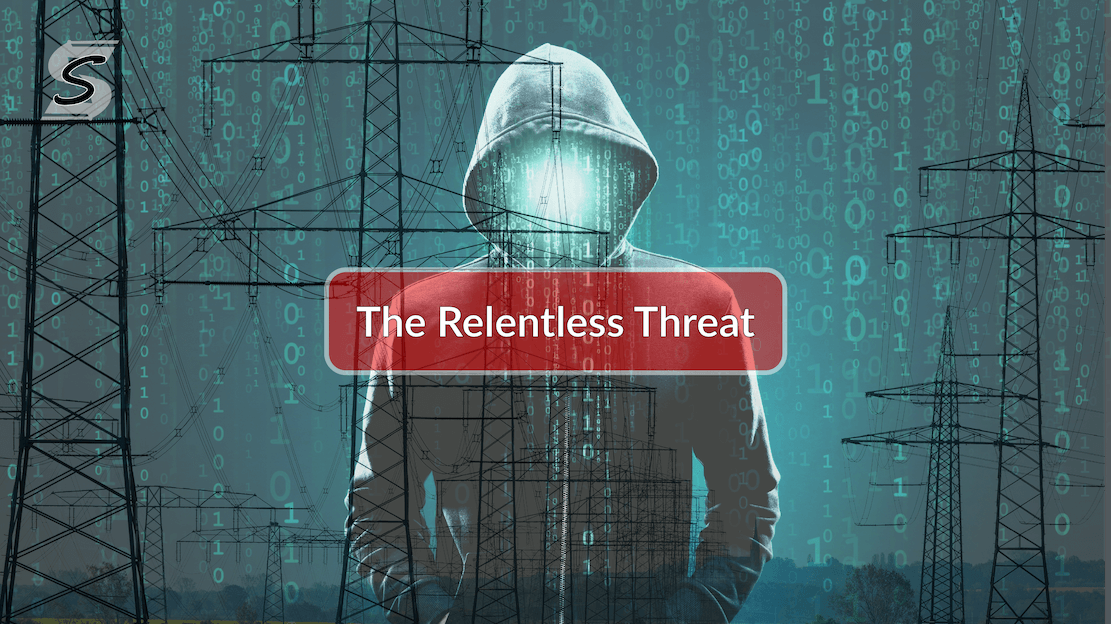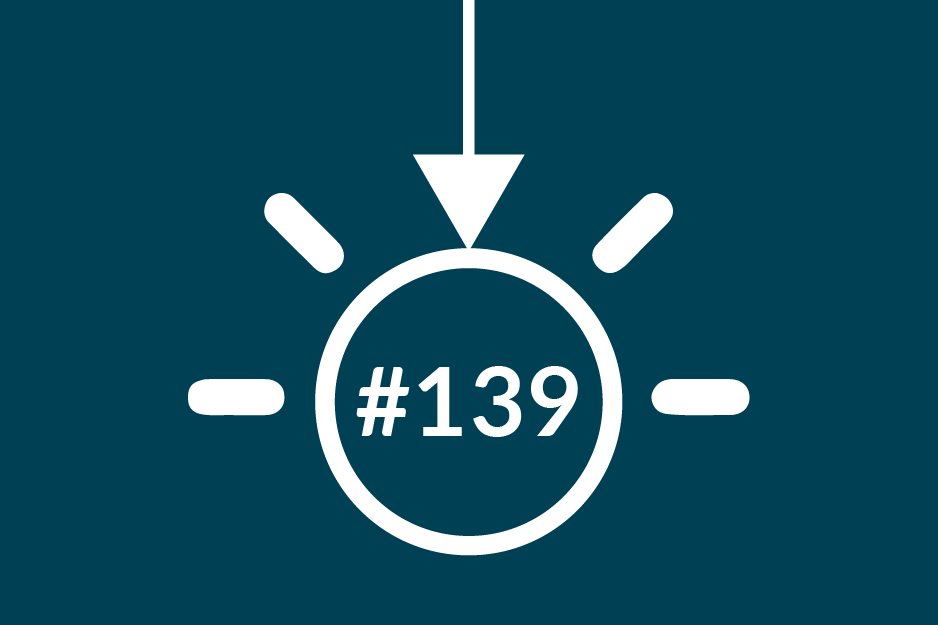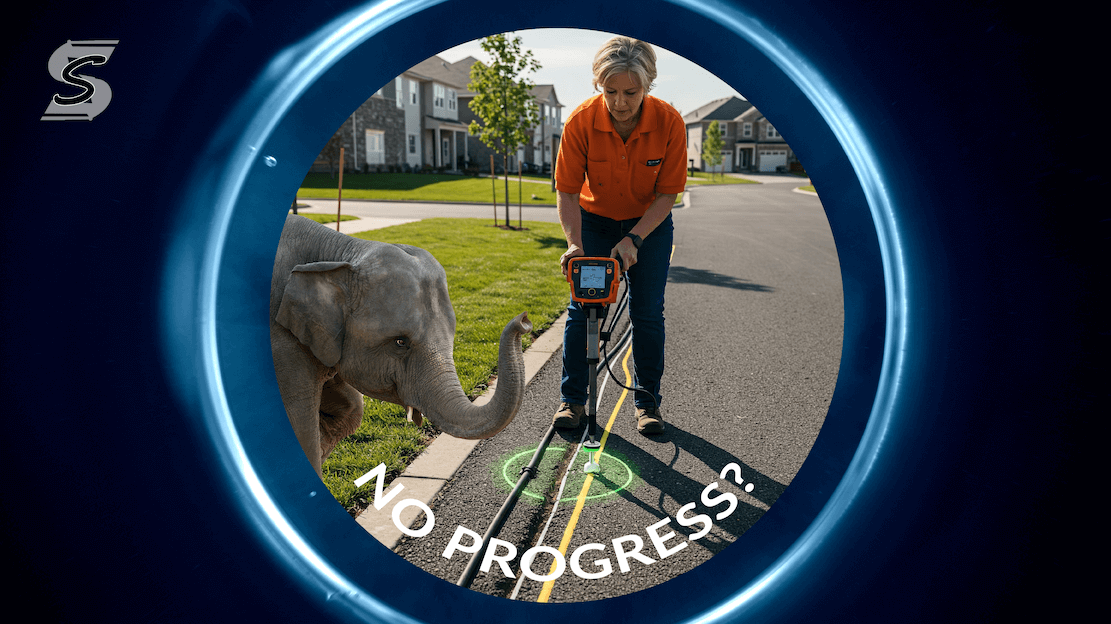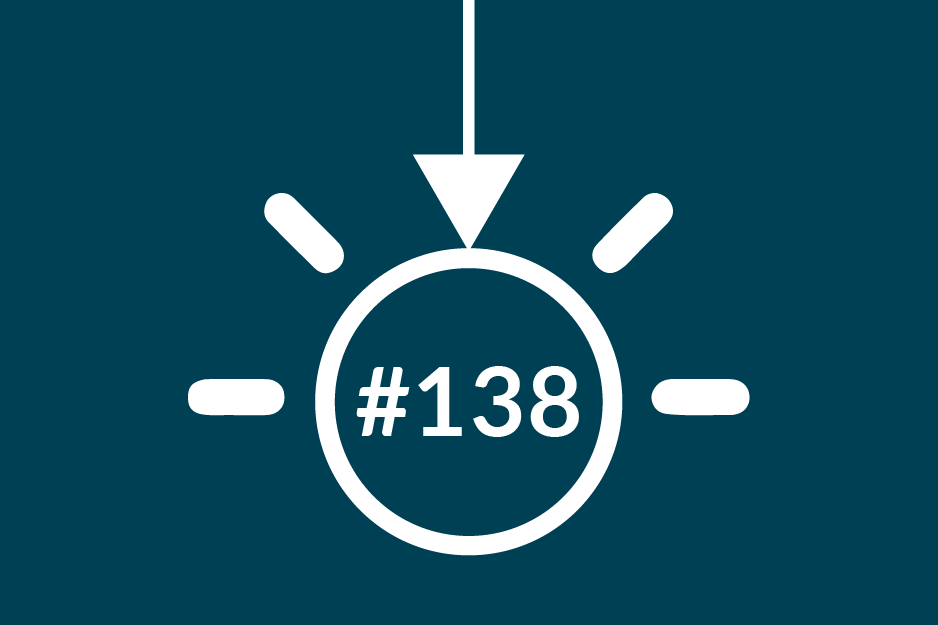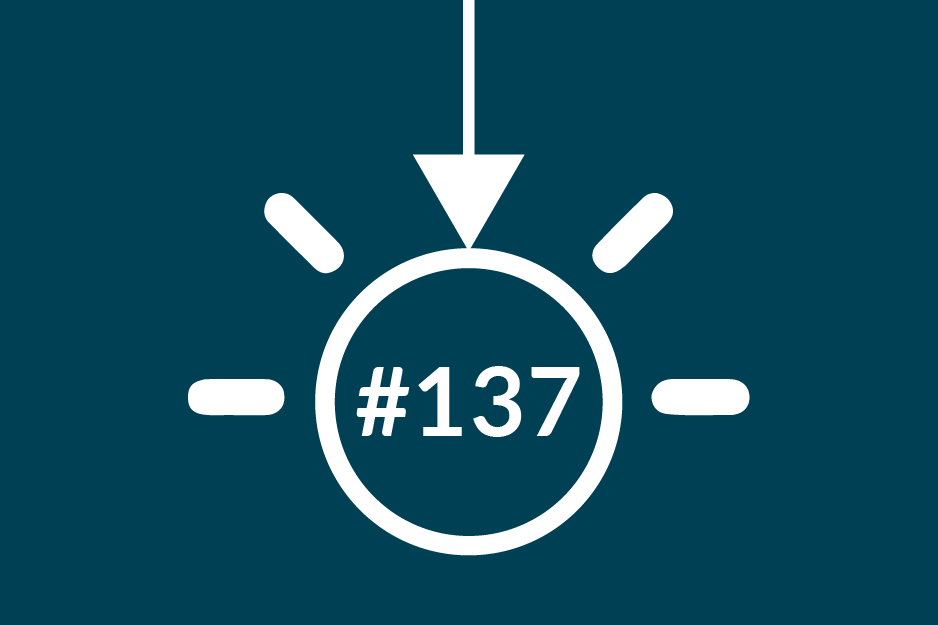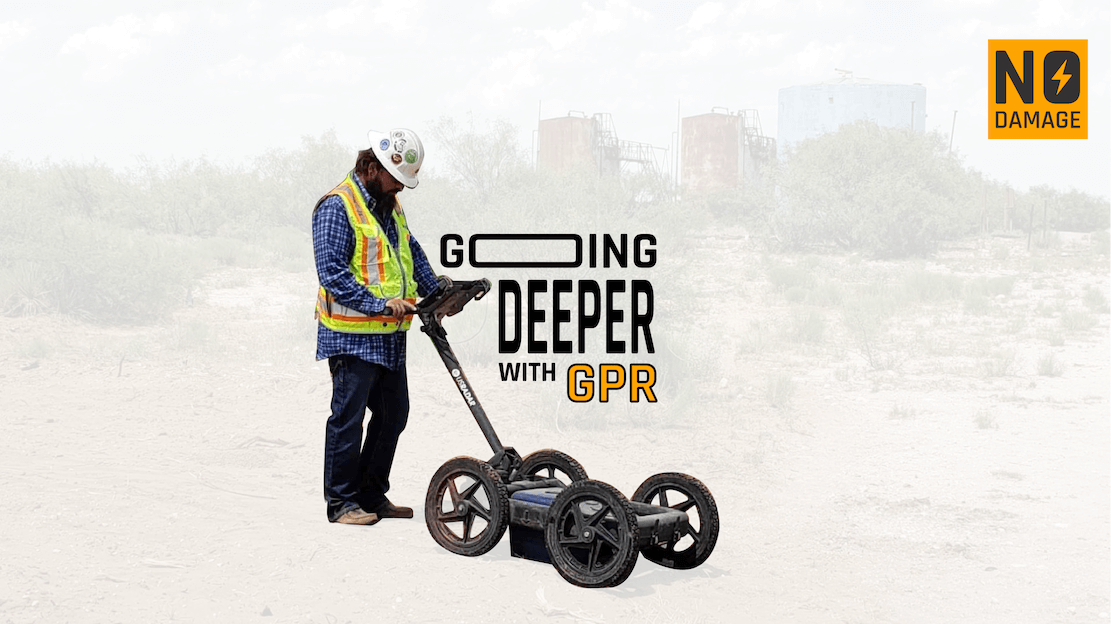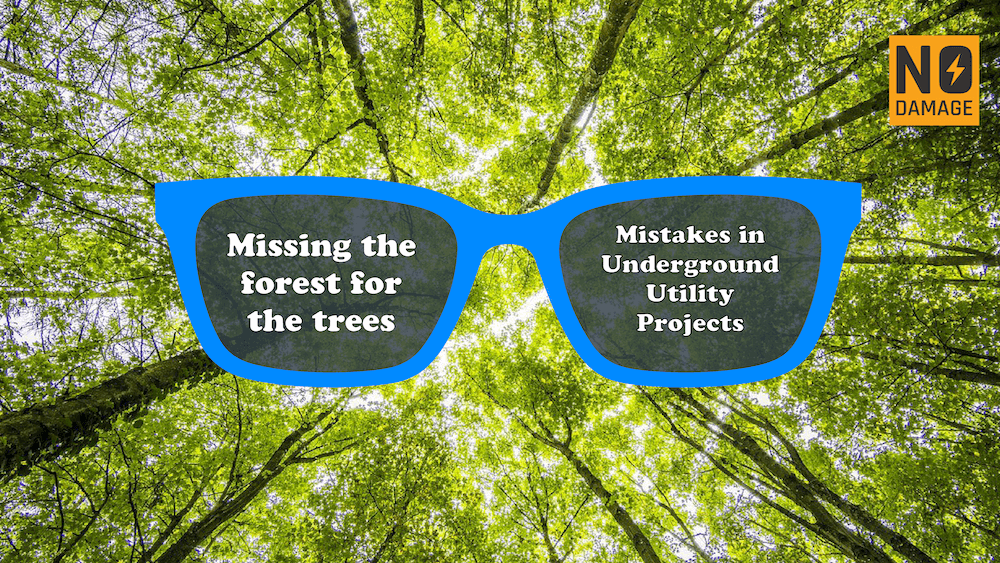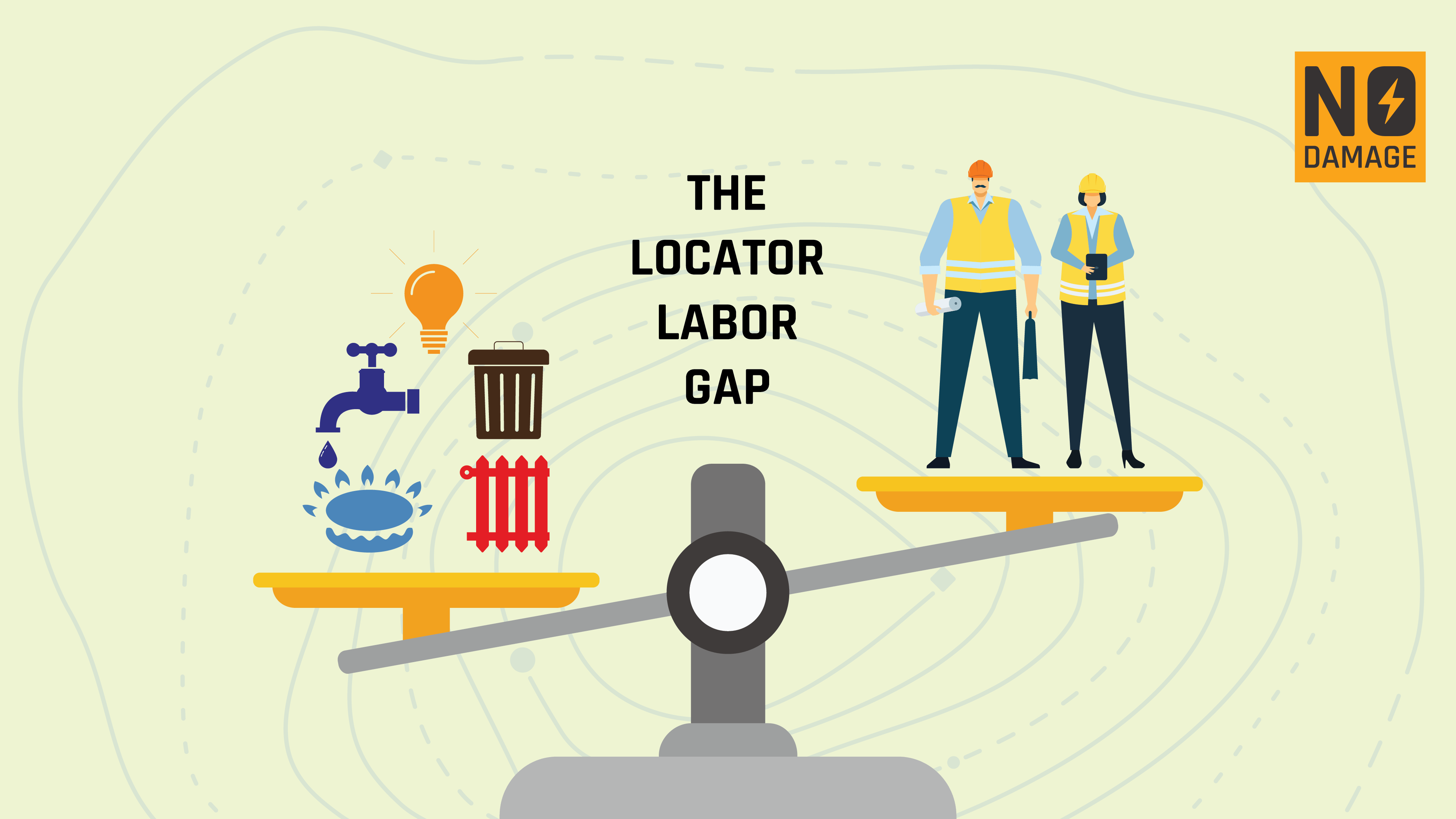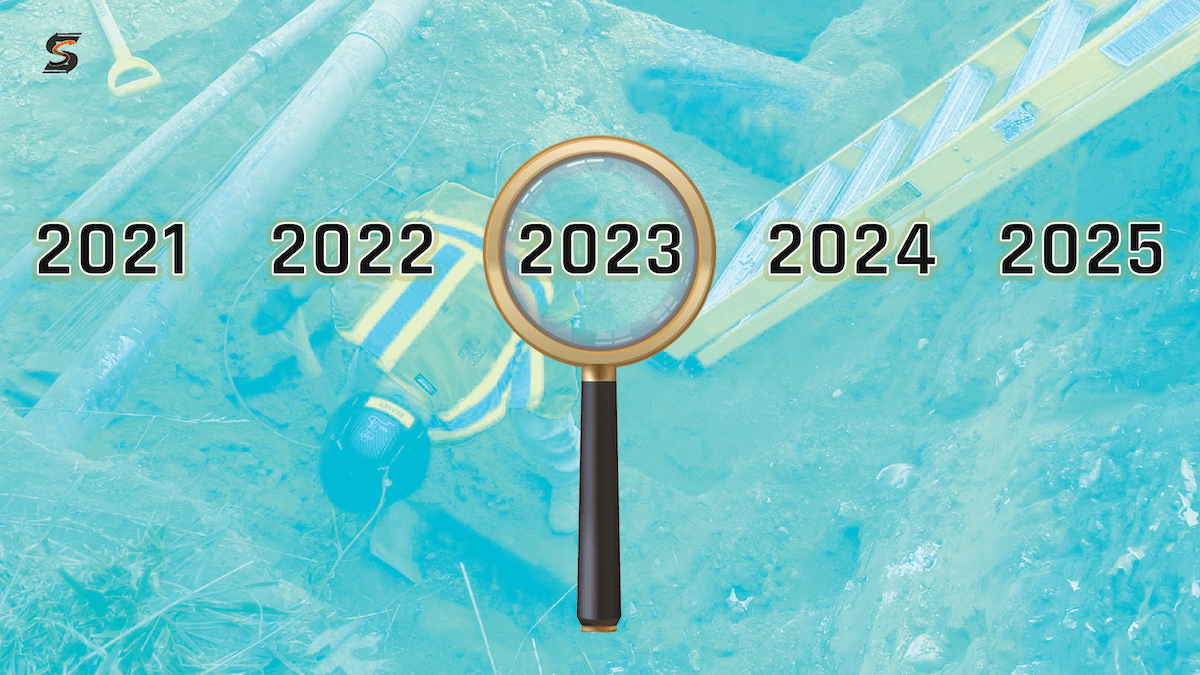
Here are some of the biggest stories which impacted the industry from the last year...
JANUARY
-
Mark Brennan shared his decision to exit the utility locating industry after two decades of service. Working in a large city in upstate New York, he specialized in locating various utilities, including water, sewer, drainage, and electrical lines. In his insightful account, Mark highlighted the challenges that led to his departure.Expressing concern over the toll the job took on his well-being, Mark cited the intense stress and rapid pace of utility locating as key factors.
Despite the freedom afforded by the job's lack of micromanagement, Mark concluded that the drawbacks outweighed the benefits. His reflections provide valuable insights into the demanding nature of utility locating, adding a personal perspective to the broader challenges faced by professionals in the industry.
FEBRUARY
-
The Common Ground Alliance (CGA) unveiled the "50 in 5" challenge, a bold initiative which aims to cut damages to critical underground utilities in the U.S. by 50% within the next five years. Backed by alarming statistics, including an annual $30 billion cost and potential community disruptions, the challenge focuses on strategic priorities. These include boosting the effective use of the 811 system, encouraging key excavator practices, and enhancing accurate utility locating. The call-to-action underscores CGA's commitment to uniting damage prevention stakeholders, emphasizing behavioral change campaigns, and leveraging technology. The initiative urges the industry to embrace innovative solutions and investments for a safer, more connected future.
-
The Global Excavation Safety Conference was held in Tampa and I had the chance to present at it.
MARCH
-
SiteMap (Powered by GPRS) launched, a cloud platform that integrates site data and Building Information Modeling (BIM) into a unified experience. The platform, tested internally and with customers such as the University of Toledo, aims to provide a comprehensive view of information related to utility locating, laser scanning, leak detection, video pipe inspection, and other services offered by GPRS. SiteMap serves as a GIS viewer and digital plan room, allowing users to visualize data on a map, upload construction information, and reference design details from geolocated points. The platform is designed to benefit both contractors and owner organizations, offering search functionalities and facilitating decision-making based on comprehensive scan mapping data. SiteMap is available with various features in different tiers, including free access to basic features and premium tiers with advanced capabilities.
-
Enbridge announced they’d be charging for locates and then changed course after pushback.
APRIL
-
At the CGA Conference in Orlando, discussions revolved around critical issues in the damage prevention industry. Participants emphasized the need for standardization in One Call processes, pushing for a unified framework to streamline operations nationally. The importance of promoting potholing/vacuum excavation to reduce damages, addressing challenges in data sharing among stakeholders, and evaluating progress toward the "50 in 5" goal were key themes. There was a growing demand for locator certification to enhance industry standards. Concerns were raised about Enbridge's potential shift to charging for locates. Overall, the industry expressed a collective aspiration for significant advancements in the coming year.
MAY
-
Vermeer launched a new GPS enabled locator
-
The development of renewable power sources in Germany is hindered by the lack of a comprehensive registry for the country's estimated 5.7 million kilometers of underground cables and pipes. This uncharted underground infrastructure complicates the $1 trillion push for green energy, leading to delays and approximately 100,000 accidental cable cuts annually. Germany aims for 80% of its power generation to be green by the next decade, necessitating extensive infrastructure development. The proposal for a national database to help planners and builders locate underground pathways is advocated by the Lower Saxony government, emphasizing the need for collaboration to meet climate goals and boost the digital transformation. Other countries, such as the US, UK, and Estonia, have more organized systems for cataloging their underground networks. However, concerns about security risks and a lack of cooperation from major internet service providers pose challenges in Germany. The slow pace of mapping the underground infrastructure may impede Germany's efforts to achieve its climate goals and transition to renewable energy sources.
-
The UK's National Underground Asset Register (NUAR), a cloud-based, interactive digital map of underground assets launched its minimal viable product (MVP). NUAR aims to simplify the process of accessing data about subsurface assets and relevant maps for construction projects. It was developed by the Geospatial Commission in collaboration with Atkins, Ordnance Survey, 1Spatial, GeoPlace, and the Greater London Authority. The MVP, covering the North East, Wales, and London, is accessible for free on the gov.uk website and features data from 70 organizations, with a potential economic benefit of around £350 million per year.
JUNE
-
Exodigo, expanded into the UK market and collaborated with Colas Rail, a major UK civil engineering firm, for a successful project. Trevor Moore has been appointed as UK Director to lead the team for new relationships with UK-based engineering, transportation, and infrastructure leaders. Exodigo's technology aims to mitigate risks associated with infrastructure projects by offering comprehensive information about subsurface conditions. The company's success in the Birmingham Midland Metro Extension Project, where it detected over 280 utility lines, highlights its potential to reduce redesign and delays in critical projects. The expansion into the UK market positions Exodigo to drive transformation in subsurface mapping and infrastructure projects.
JULY
-
New stricter dig laws came into law in Virgina on Jul 1, 2023. The amendments to Virginia's Underground Utility Damage Prevention Act include changes to the covered area of each locate request (not exceeding one-third of a mile) and the introduction of new definitions like "exigent circumstances" and "positive response system." The positive response system now needs to be reviewed before starting excavation, and there are stricter guidelines for conduct after 48 hours. The concept of "Special Project" has been removed. Another change allows for scheduling excavation up to 12 working days in advance, providing more flexibility. The penalty for refusing to cease excavation when determined to be a threat has been added, and education and outreach are included in the Commission's enforcement authority. Possible fines have increased from $2,500 to $5,000, with an additional $10,000 for failure to contact Virginia 811 and submit a Locate Request before excavation.
AUGUST
-
We celebrated 8.11 day
-
Southern California Gas was told to pay $71 million in a settlement with the California Public Utilities Commission (CPUC) related to the Aliso Canyon gas blowout. The settlement stems from the 2015 incident where a massive leak released nearly 100,000 tons of methane and other substances into the atmosphere over 118 days. The settlement includes funding for various initiatives, such as leak detection and environmental projects, aimed at addressing the environmental impact of the gas blowout. Damage prevention can be pretty cost effective!
SEPTEMBER
-
Infrastructure Resources rebrands to Excavation Safety Alliance
-
The Utility Expo made a highly successful return to Louisville, Kentucky, attracting a record-setting gathering of over 21,000 utility construction professionals from all 50 states and 60 countries. The event, held at the Kentucky Exposition Center, showcased the latest equipment and cutting-edge technologies in the utility sector. With industry leaders, decision-makers, and stakeholders in attendance, the expo solidified its position as a premier event in the sector. According to John Rozum, The Utility Expo show director, this year's event exceeded all expectations, emphasizing its role in advancing the utility industry and promoting the technologies that contribute to community well-being.
OCTOBER
-
Google Fiber wrote an open letter to all the broadband leaders in the US. “This garnered a lot of attention and was in my estimation a good faith effort to open the discussion of reform within their industry.” The proposal emphasized streamlining permitting processes by creating online one-stop shops, urging local governments to designate a single point of contact for approvals, and supporting automatic online tracking tools. Additionally, promoting broadband choice, assigning a designated state official for broadband liaisons with cities, creating an innovation resource list, and establishing a state-county-city task force are recommended to enhance broadband deployment efforts and close the digital divide.
-
The Texas 811 Damage Prevention Summit was held in Georgetown, TX and the Planet Underground Roundtable was back too. I was in attendance and had the opportunity to take part in the Roundtable. It’s always an honor to speak to fellow concerned stakeholders from all over our industry, especially in such an open format.
NOVEMBER
-
We attended the CGA Fall Committee Meeting in Indianapolis,IN and the Mid West Damage Prevention Training Conference in French Lick, IN.
-
This was my first time at the CGA Fall Committee Summit and it was a highly successful event, bringing together over 160 passionate professionals in the field of damage prevention and infrastructure safety. The summit focused on leveraging precise mapping and timely locates to achieve the ambitious 50-in-5 goal, highlighting the commitment of attendees and their organizations to accuracy and efficiency in damage prevention. The summit addressed challenges comprehensively, exploring technology's role in damage reduction, fostering regional partnerships, and strategizing on mapping initiatives. A field trip to the Badger HQ provided insights into safe digging practices, and the 'Speed Dating' segment allowed for eight-minute demos,which was a highlight for everyone involved
-
The MWDPTC was well attended again this year and we had the opportunity to meet with lots of new friends in the industry. I noticed more fiber companies than I’ve noticed before, probably due to the investment in fiber from the federal government.
DECEMBER
-
The CGA launched a Telecom White Paper addressing critical issues within the telecom sector's approach to buried infrastructure damages. It highlights a prevailing perception that such damages are considered inevitable and accepted as part of the business model by some entities. However, it commends forward-thinking organizations that prioritize damage prevention, recognizing the proactive approach's benefits in reducing repair costs and enhancing network reliability.
A significant challenge identified is the issue of late locates, impacting the efficiency of telecom installation and maintenance crews. The prioritization of business growth and customer satisfaction over damage prevention is noted as a potential concern within the telecom industry. Executive-level buy-in for rigorous damage prevention standards is emphasized as crucial. Engaging leadership within the telecom companies is seen as pivotal for implementing necessary changes in both structure and culture to reduce damages. The paper underscores that such efforts not only enhance safety but also contribute to long-term business sustainability.
CONCLUSION
As we reflect on the year's stories, it becomes evident that the damage prevention industry is at a crucial juncture. While technological advancements propel it forward, addressing deeply rooted challenges requires a concerted effort from all stakeholders. The stories of the past year serve not only as a documentation of progress but as a roadmap for the industry's future. With a commitment to collaboration, innovation, and a proactive mindset, the damage prevention community can navigate challenges and continue to evolve towards a safer and more efficient future.
Merry Christmas and a Happy New Year🎄
Share this Post


